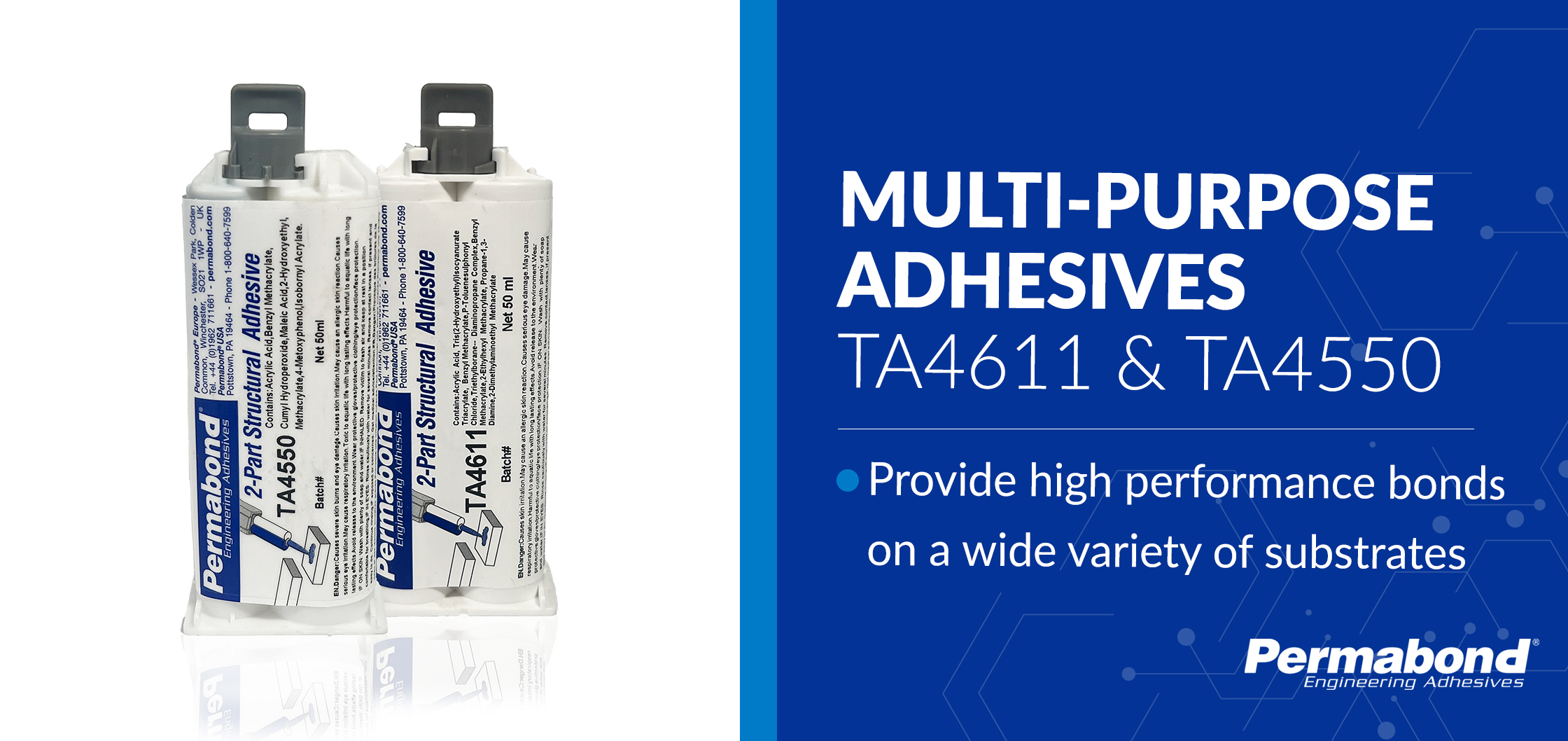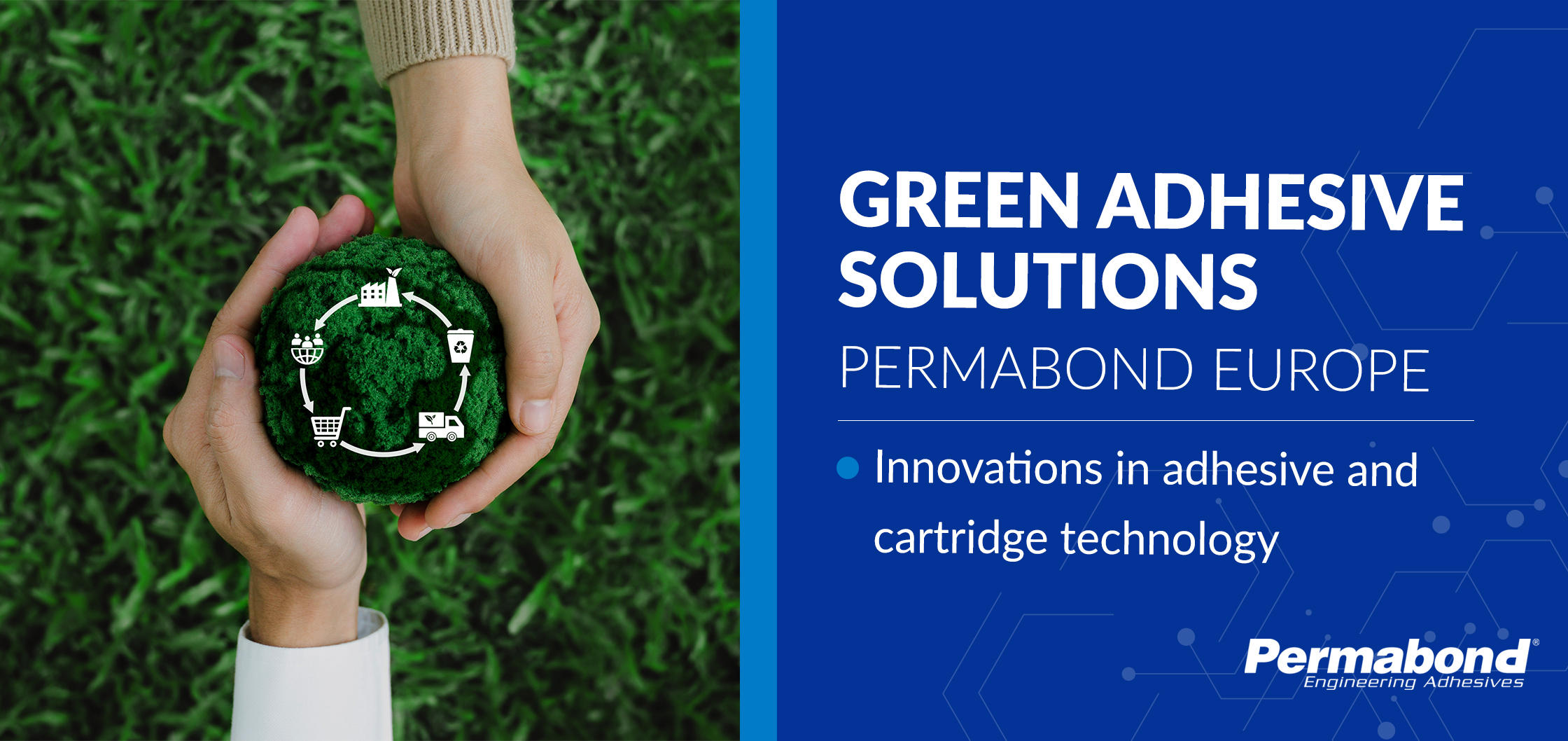Adhesives offer a convenient method of attaching electronic dies, semiconductors, or silicon wafers to electronic circuitry. Key properties which make adhesives attractive for this type of application include:
-Thermal management – adhesive can transfer and dissipate heat effectively, thermally conductive adhesive are desirable
-Electronically insulative with high dielectric strength – this helps prevent transfer of charge and reduces chance of short circuits
Adhesives can be tailor made to combine the above properties – sometimes an electrically conductive adhesive may be sought for a specific application. Die attach applications span many markets and industries including aerospace, defense, medical, LED / optoelectronics and telecoms to name a few.
Types of Adhesive for Die Attach
The most commonly used adhesive for die attach applications is epoxy, either two-part or single part heat cure products. Occasionally snap-cure epoxies which cure at a lower temperature than regular single part epoxies are ideal (a lower temperature cure can help minimize stress on electronic components). However, these products can work out very costly as they need to remain frozen until use (adding significantly to shipping costs).
Die attach films or tapes can also be employed instead of adhesives, but they are less easy to apply, requiring more substantial equipment expenditure. Variations in tape and potential for air entrapment can be an issue that makes results more variable.
UV adhesives are another method of attaching dies. Shadow areas underneath the die or wafer cure with a secondary cure method such as a thermal cure. The beauty of this system is that you get an instant bond around the outside of the die (the meniscus of adhesive that is present). This is sufficient to hold the die in place for further processing / heat cure, making sure it remains accurately aligned.

Die Attach Adhesive “Wish List”
- -Good thermal conductivity is a must – driving heat away from sensitive microelectronics is very important
- -Non-corrosive formulation – adhesive must not attack the aforementioned microelectronics
- -Fast tacking or rapid cure speed – must be suitable for a high-speed production line
- -Full REACH and RoHS compliance with no SVHC preferred
- -Easy to apply with optimal viscosity for accurate dispensing. Either with an automatic dispensing or screen printing
- -Able to cope with differential thermal expansion and contraction between components without exerting stress onto the die
- -Ability to cope with thermal shock without cracking off
- -May need to provide flame retardancy (UL94 V-0)
- -Must not degrade, become brittle, come loose or de-bond from die or substrate
- -Low outgassing normally preferred
- -If heat curing, the lower the cure temperature and shorter the cure schedule, the better
- -Ease of handling and transportation
- -High bonding strength and impact resistance
Permabond offers a wide range of adhesives products suitable for die-attach, glob topping, wire tacking, component rigidising, SMT / SMD bonding, as well as electrically conductive adhesives.
To download Permabond’s brochure about adhesives for electronics, please click here. Permabond offers a range of adhesives suitable for electronic components including potting resins, encapsulants, adhesives for wire tacking
For further help and advice, please contact Permabond.
Let’s Discuss Your Project.
"*" indicates required fields
Products
Technical Support

Permabond will help you select the right adhesive for your application.





